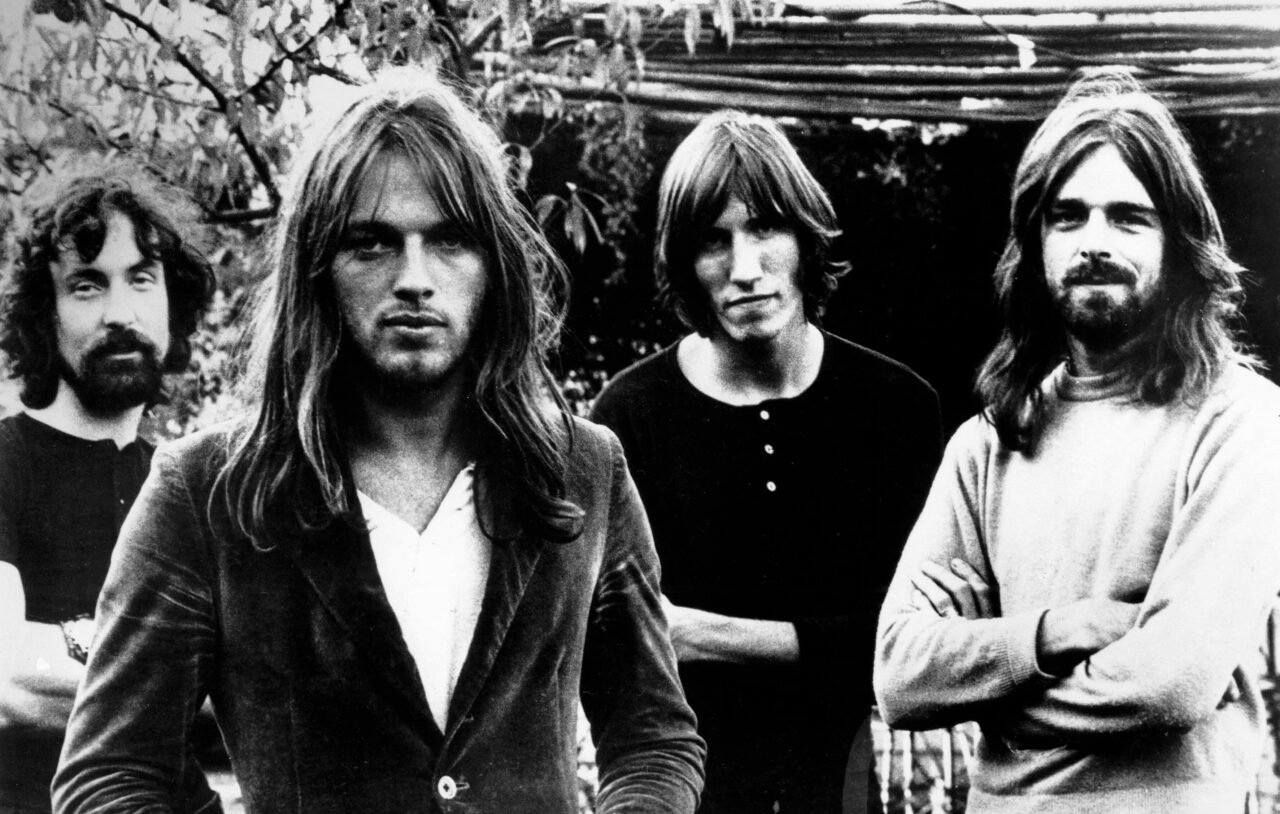From the enigmatic allure of Syd Barrett’s ‘Arnold Layne’ to the expansive sonic landscape of David Gilmour’s ‘Louder Than Words’, Pink Floyd embarked on a musical odyssey unlike any other, defined by their unparalleled eclecticism. Emerging as early pioneers of London’s psychedelic rock scene, the band transitioned from their rhythm and blues roots to embrace Barrett’s eccentric vision.
The nascent stages of psychedelia were palpably evident in Pink Floyd‘s live performances, characterized by extended instrumental passages accompanied by rudimentary light displays featuring colorful slides and domestic light bulbs, perfectly complementing the band’s kaleidoscopic paisley attire. A 1967 gig review in the Sunday Times vividly captured the essence of their psychedelic experience, describing Pink Floyd’s performance at the launch of the new magazine IT as “throbbing music” accompanied by “bizarre colored shapes” on a large screen.
As the band evolved, fueled by David Gilmour’s arrival as Barrett’s replacement, Pink Floyd continued to push the boundaries of their sound. While retaining their psychedelic roots, they became instrumental in shaping the progressive rock movement of the 1970s. Their music embodied a fusion of psychedelia and progressive elements, characterized by intricate compositions and pioneering sound effects.
During their experimental zenith in the late 1960s and early 1970s, Pink Floyd was renowned for their epic compositions such as ‘Atom Heart Mother Suite’ and ‘Echoes’, often conceived through lengthy improvisational sessions. These sessions served as the foundation for their compositions, with meticulous post-production enhancing the atmospheric and lyrical depth of their music.
Pink Floyd mastered the art of incorporating thematic motifs into their compositions, from the haunting bell chimes of ‘Flaming’ to the ominous pig snorts of ‘Pigs (Three Different Ones)’. Roger Waters, in particular, utilized recurring sound effects to unify the conceptual narrative of albums like The Dark Side of the Moon, incorporating elements such as clocks ticking, alarm bells, and heartbeats to great effect.
One of the most iconic moments in Pink Floyd’s discography is Clare Torry’s ethereal vocal performance on ‘The Great Gig in the Sky’. Directed by the band to improvise wordless vocals over Richard Wright’s piano-led composition, Torry’s emotive delivery, ranging from whispers to hair-raising screams, added a transcendent dimension to the track. Despite being initially compensated with a mere £30 for her session work, Torry’s vocals became an integral part of the song’s enduring legacy.
Notably, Roger Waters himself contributed to the band’s sonic palette through his visceral screams, most prominently showcased in ‘Careful With That Axe, Eugene’ and later utilized as a haunting sample in ‘Another Brick In The Wall (Part II)’ and ‘Run Like Hell’. Waters’ primal screams added a visceral intensity to Pink Floyd’s music, further cementing their reputation as pioneers of atmospheric and emotionally resonant rock.
Experience Roger Waters’ iconic scream in the excerpt below, as heard in ‘Careful With That Axe, Eugene’, echoing through the opening moments of ‘Another Brick In The Wall (Part II)’.
